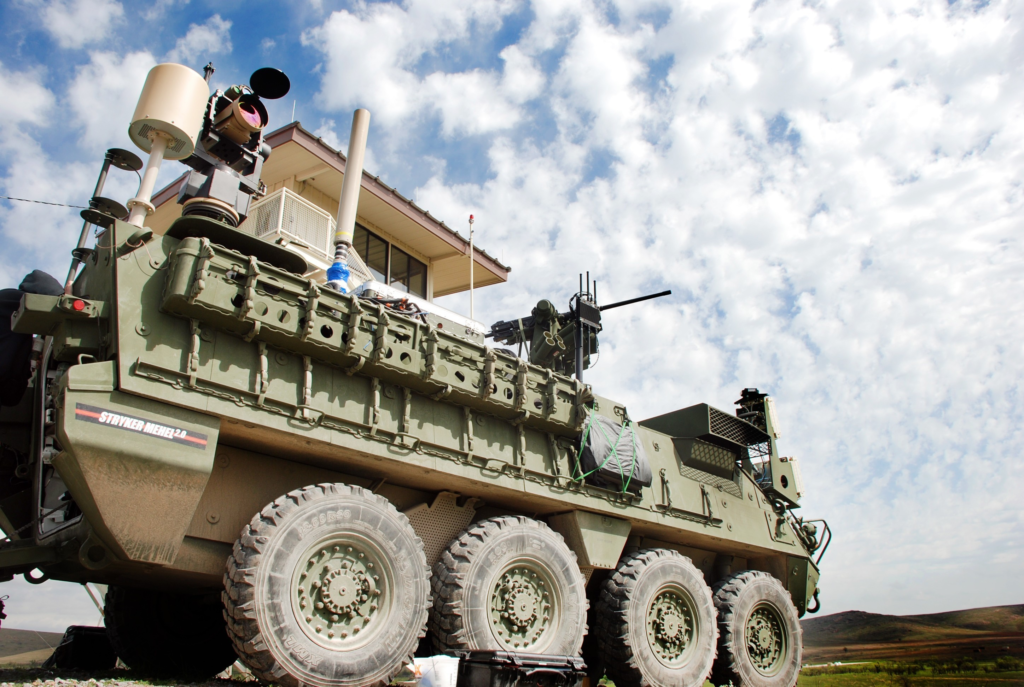The U.S. defense budget 2025 is making headlines—and not just for its record size. This year’s National Defense Authorization Act (NDAA) outlines military policies and spending plans totaling over $880 billion, but it’s the controversial provisions that are driving public debate.
From a proposed ban on gender transition care under Tricare to sweeping procurement reforms, this legislation touches on some of the most politically charged topics in the country. In this article, we explore what’s inside the bill, why it’s controversial, and what it could mean for service members, taxpayers, and the future of U.S. defense.
What Is the NDAA?
Each year, Congress passes the NDAA to authorize defense spending and policy priorities for the Department of Defense (DoD). Although it doesn’t appropriate funds directly (that’s handled in a separate bill), it establishes how the military can spend money and what programs and policies are allowed.
The 2025 NDAA, currently under negotiation between the House and Senate, is one of the most expensive in U.S. history. The legislation supports everything from troop pay and benefits to advanced weapons development, cybersecurity, and global military operations.

Breakdown of the U.S. Defense Budget 2025
Here’s a summary of where the $880 billion defense budget is expected to go:
- $170 billion for procurement of new aircraft, ships, vehicles, and weapons
- $140 billion for research and development, including AI, space defense, and cybersecurity
- $240 billion for military personnel, including salaries and benefits
- $30 billion to modernize the nuclear weapons program
- $14 billion to support Ukraine and NATO allies
- $12 billion for the Pacific Deterrence Initiative, focused on countering China
- A 4.5% pay raise for service members and DoD civilian employees
These investments aim to maintain U.S. military dominance, especially in the face of growing global competition from China and Russia.
Controversial Provisions Stir Debate
While the overall budget has wide bipartisan support, several provisions in the House version of the NDAA have stirred sharp controversy. These include proposed limits on gender-affirming care, reforms to military procurement, and other politically charged amendments.
Gender Transition Care Under Tricare
One of the most divisive issues in the NDAA 2025 is a provision that would prohibit Tricare, the military’s health insurance program, from covering gender transition-related treatments. This would affect transgender service members and dependents seeking gender-affirming surgeries or hormone therapy.
Supporters of the ban argue that the military should not be funding what they consider elective procedures. They also cite concerns about medical readiness and the cost to taxpayers. Opponents, however, call the measure discriminatory and harmful. They argue that denying necessary health care undermines both individual well-being and military readiness.
Medical organizations, including the American Medical Association, support access to gender-affirming care and consider it essential for mental health and quality of life. The Pentagon itself has defended the inclusion of such care in Tricare as a matter of fairness and retention.
This provision has already triggered backlash and could face legal challenges if included in the final version of the NDAA.
Procurement Reform: Streamlining Defense Spending
Another major area of debate involves changes to how the Department of Defense procures goods and services. The bill includes measures to simplify acquisition rules, speed up contracting, and increase competition—especially from smaller tech companies.
Proponents say the existing system is too slow, expensive, and dominated by a handful of large defense contractors. They argue that reform is needed to stay ahead of rapidly advancing adversaries like China, particularly in artificial intelligence, drones, and cyber warfare.
However, critics worry that loosening rules could reduce oversight, increase the risk of fraud or waste, and weaken quality control. Large defense companies, which have long dominated military contracts, have lobbied against several of the proposed changes.
This part of the bill reflects a broader concern that the U.S. needs to adapt faster to technological change if it hopes to remain the world’s most capable military.
Culture War Amendments
The 2025 NDAA also contains a number of amendments dealing with social and cultural issues that have become hot-button topics in recent years. These include:
- Restrictions on diversity, equity, and inclusion (DEI) training in the military
- Bans on funding for drag performances on military bases
- Limits on environmental and climate change-related initiatives within the Department of Defense
Critics say these provisions politicize the military and distract from its core mission. Supporters argue they are necessary to restore focus on warfighting and readiness. These issues have turned what is usually a bipartisan bill into a more partisan battle, especially in the House of Representatives.
Political Battle Over the Final Bill
Traditionally, the NDAA has enjoyed strong bipartisan support. In fact, it’s been passed every year for more than six decades. But the 2025 version has exposed deep divisions between the Republican-led House and the Democrat-controlled Senate.
The House passed its version of the bill largely along party lines, including many of the controversial provisions. The Senate version, by contrast, is more moderate and removes most of the social policy amendments.
The two chambers are now in a conference process to resolve their differences and produce a single final bill. President Biden has said he would veto the bill if it includes bans on gender-affirming care or other policies seen as targeting LGBTQ+ individuals.
Why This Matters
This year’s defense budget is about more than numbers—it reflects the country’s priorities, values, and future strategy. Several key concerns are at play:
Military Readiness
Changes in health care policy and DEI programs could affect recruitment and retention. Younger, more diverse generations may be less willing to join or stay in a military they perceive as hostile or outdated in its values.
Health and Well-being
Limiting access to gender-affirming care can lead to serious mental health consequences for those affected. It may also result in legal challenges and public relations issues for the military.
Innovation and Global Competition
Procurement reform could help the U.S. compete more effectively with China in areas like AI and cybersecurity. However, poor implementation could lead to inefficiency or expose the system to misuse.

Public Opinion and What Comes Next
Recent polling shows that most Americans support a strong military and continued innovation. However, opinions on specific social provisions are more divided.
- A majority of Americans support streamlining defense spending and investing in new technologies
- A smaller percentage support restricting access to gender transition care for service members
Congress is expected to finalize the NDAA by the end of the year. Until then, lobbying efforts, advocacy campaigns, and internal negotiations will continue.
Final Thoughts
The U.S. defense budget 2025 is shaping up to be one of the most debated in recent history. At stake are not just national security priorities, but also the rights and lives of service members, the future of military innovation, and the overall direction of U.S. defense policy.
Whether or not the controversial provisions survive the final negotiations, this year’s NDAA sends a clear message: the defense budget is no longer just about weapons and strategy—it’s about the values that define the military and the country it serves.
Do Follow USA Glory On Instagram
Read Next – Political Violence United States: The Killing of Charlie Kirk






